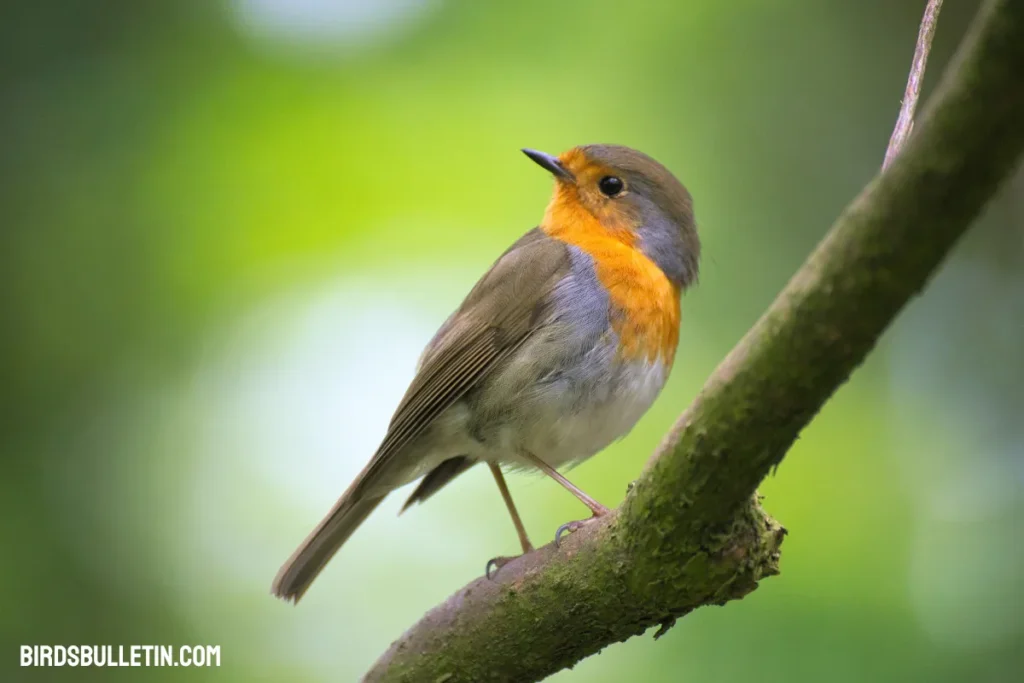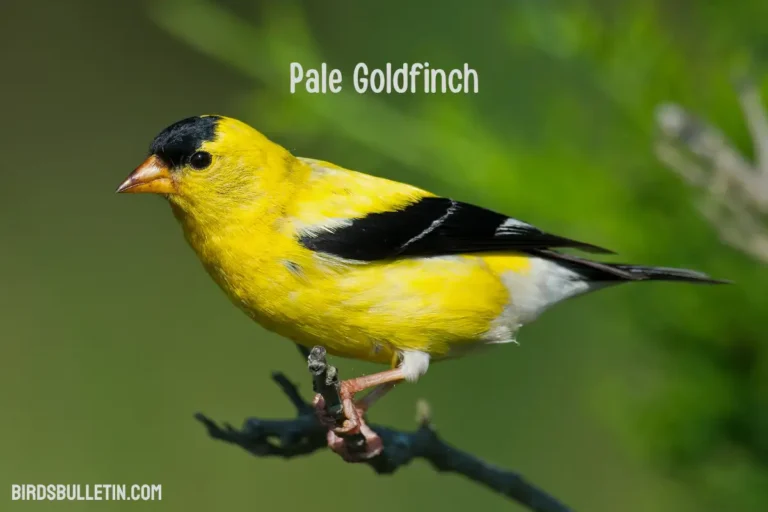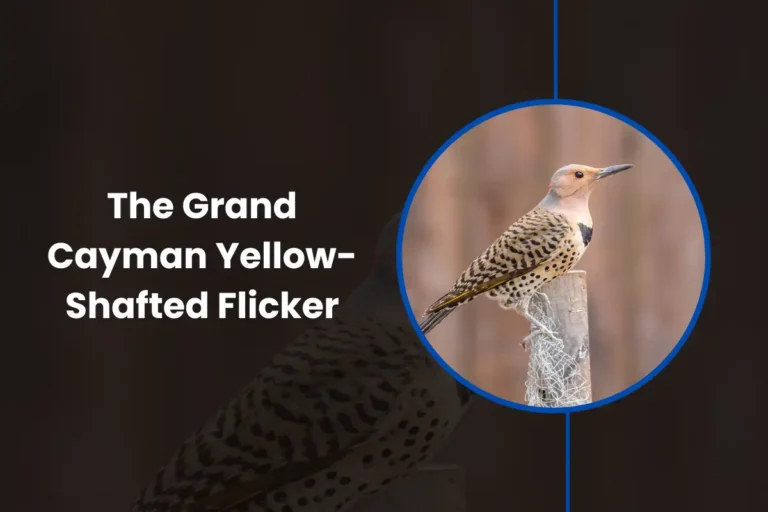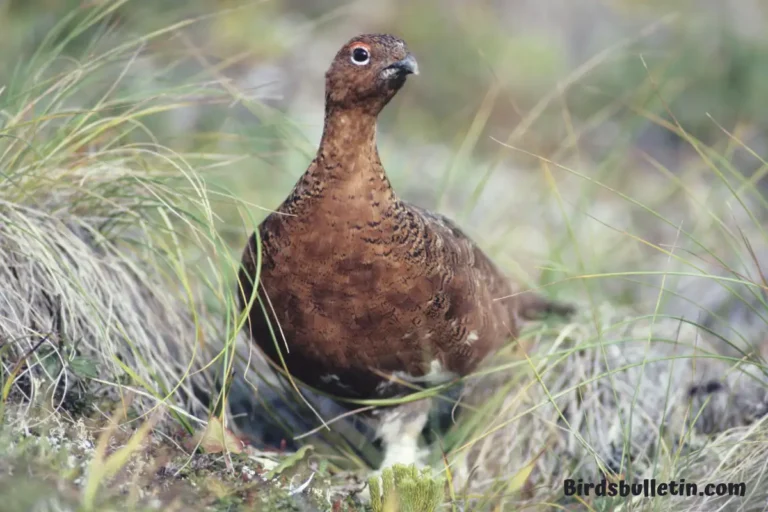Turdus Migratorius Confinis (San Lucas Robin)
The San Lucas robin (Turdus migratorius confinis) is an intriguing subspecies found only in the highland forests of southern Baja California, Mexico.
With its distinctive pale plumage, small size, and very limited range, this unique robin stands apart from other North American robins. Let’s take a closer look at this rare bird.
Looking for more overview about bird subspecies:
Scientific Classification
- Kingdom: Animalia
- Phylum: Chordata
- Class: Aves
- Order: Passeriformes
- Family: Turdidae
- Genus: Turdus
- Species: T. migratorius
- Subspecies: T. m. confinis (San Lucas Robin)

Identification
The San Lucas robin has uniformly pale gray-brown plumage on the head, face, and upperparts. The underparts are also pale gray-brown, unlike other robins. The tail lacks white spots. The eyes are surrounded by pale feathers. The legs and bill are blackish.
Location
The San Lucas robin is endemic to higher-elevation forests above 1,000 m in southern Baja California, Mexico. Its global range is less than 50,000 km2. It does not migrate and is non-migratory year-round.
Interesting Facts
- It is the palest and one of the smallest robin subspecies.
- The male’s song is lower-pitched than the northern robins.
- Its sedentary lifestyle reduces competition with migratory robins.
- The population is estimated between 10,000-25,000 birds.
- Its diet includes fruits, berries, and invertebrates.
Status and Conservation
Due to its small, restricted population, the San Lucas robin is classified as Near Threatened by the IUCN Red List. Habitat protection is needed to prevent endangerment. Ecotourism can aid conservation efforts.
Frequently Asked Questions
1. How does the San Lucas robin differ from other robins?
It is smaller and paler overall with pale gray-brown underparts, unlike other robins. It lacks white tail spots and is non-migratory.
2. What can be done to help conserve San Lucas robins?
Protection of remaining mature forest habitat. Ecotourism and research to boost awareness. Plan reforestation and habitat restoration projects.
3. Why is the San Lucas robin considered a distinctive subspecies?
The San Lucas robin is considered unique due to its pale gray-brown underparts, small size, and unique coloration on the head, face, and upperparts. It lacks white spots on the tips of the outer tail feathers, setting it apart from other subspecies.
4. How high above sea level do San Lucas robins typically reside?
San Lucas robins are found at elevations above 1,000 meters (3,300 feet) in the highlands of southern Baja California. Their habitat in these elevated terrains is specific to this altitude range.
Summary
With its limited range and unusual pale plumage, the San Lucas robin is a Baja California jewel. Protecting its highland forest home will be crucial for the persistence of this unique songbird.
This rare robin reminds us there is still much to learn about bird life across North America.







